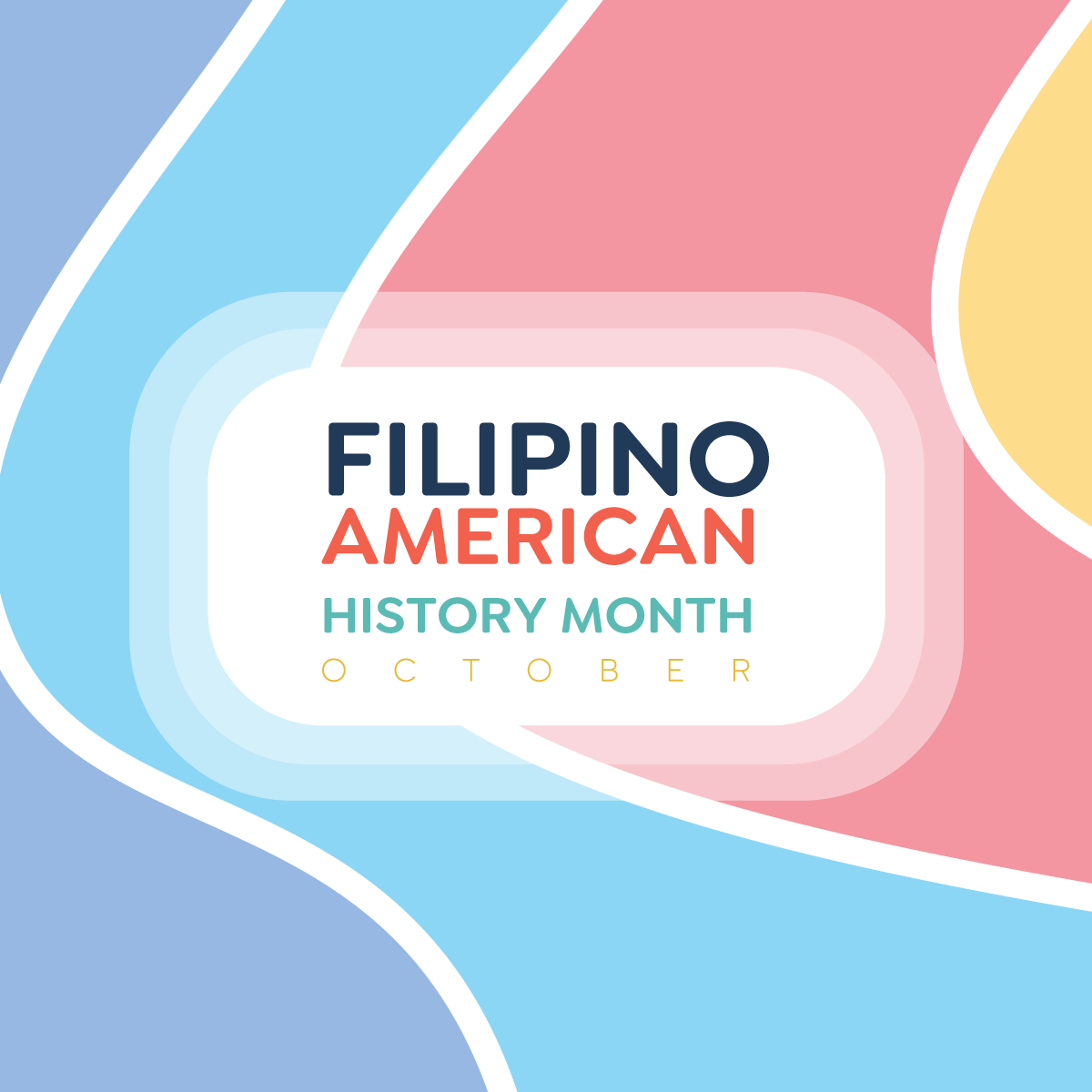To help students, teachers, and families celebrate Filipino American History Month, we have selected a few favorite books written by either Filipino or Filipino American authors ). These simple, but powerful stories will not only enrich your classroom library but will foster an inclusive learning environment. We hope you will build empathy, awareness, and a deeper understanding of Filipino and Filipino American culture and contributions with discussions and activities built around these texts.
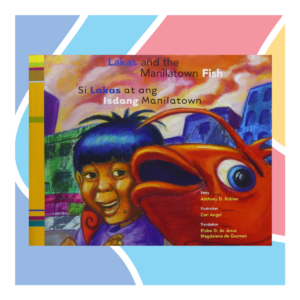 Lakas and the Manilatown Fish by Anthony D. Robles
Lakas and the Manilatown Fish by Anthony D. Robles
Set in San Francisco’s historic Manilatown, this bilingual English–Tagalog adventure follows Lakas, a Filipino American boy, as he chases a magical fish through the neighborhood with help from manongs (Filipino elders). A lively doorway into Filipino American history, community, and language.
Anthony D. Robles is a Filipino American author and community activist whose stories highlight the resilience and creativity of Filipino communities in the U.S. His book Lakas and the Manilatown Fish celebrates San Francisco’s historic Manilatown, weaving Filipino folklore and immigrant identity into an urban adventure that honors community roots.
Classroom Application: Use the book to explore themes of community and heritage. Have students create their own stories or art about their family’s cultural traditions.
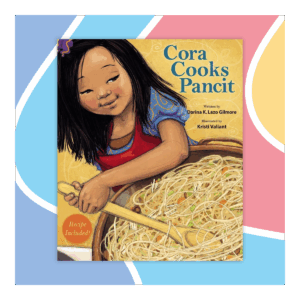 Cora Cooks Pancit by Dorina Lazo Gilmore, illustrations by Kristi Valiant
Cora Cooks Pancit by Dorina Lazo Gilmore, illustrations by Kristi Valiant
Cora, the youngest in her family, finally gets the chance to be the “real cook” with Mama. Together they make pancit, a beloved Filipino noodle dish, blending memories, Tagalog words, and family tradition into one warm kitchen moment. The story invites conversations about culture, food, and how families pass heritage to the next generation.
Dorina Lazo Gilmore writes stories that celebrate family and Filipino heritage; this book centers a mother-daughter bond around a traditional dish. Illustrator Kristi Valiant’s lively artwork brings the kitchen to life and supports young readers’ understanding of cultural details.
What can I do?: Host a “family foods and stories” share: students interview an elder about a meaningful dish, then write or draw one step of the recipe and a memory connected to it. Build a class glossary of Tagalog words from the book and student contributions.
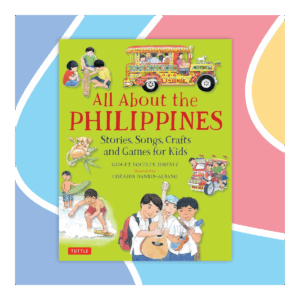 All About the Philippines: Stories, Songs, Crafts and Games for Kids by Gidget Roceles Jimenez, illustrations by Corazon “Kora” Dandan-Albano
All About the Philippines: Stories, Songs, Crafts and Games for Kids by Gidget Roceles Jimenez, illustrations by Corazon “Kora” Dandan-Albano
Guided by three Filipino cousins, Mary, Jaime, and Ari, readers tour languages, festivals, foods, and everyday life across the Philippines. This highly visual nonfiction book mixes stories and hands-on activities, making it perfect for units on family, geography, and culture.
Author Gidget Roceles Jimenez introduces young readers to the Philippines through child narrators, while Filipina illustrator Kora Dandan-Albano provides rich watercolor scenes. Her career spans dozens of children’s books and awards recognition.
What can I do?: Rotate “country stations” (language, music, food, places). Students collect facts from each station, then create a travel-style page about one island, festival, or tradition highlighted in the book.
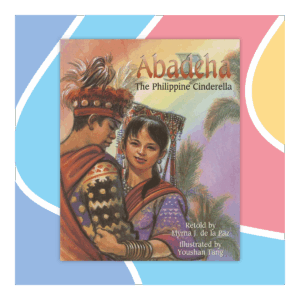 Abadeha: The Philippine Cinderella by Myrna J. de la Paz, illustrations by Youshan Tang
Abadeha: The Philippine Cinderella by Myrna J. de la Paz, illustrations by Youshan Tang
This lyrical Cinderella retelling is rooted in Philippine folklore: Abadeha endures hardships until the Spirit of the Forest comes to her aid, weaving motifs from pre-colonial beliefs and cultural practices. It’s ideal for comparing global Cinderella variants and discussing how tales reflect place and tradition.
Myrna J. de la Paz, born in Manila and deeply engaged with indigenous Philippine traditions, preserves an older version of the tale; Youshan Tang’s classic watercolor art complements the folkloric setting and cultural symbolism.
What can I do?: Build a “Cinderella around the world” chart. Students track setting, helpers, cultural elements, and themes from Abadeha and one other version, then write a short reflection on what each story teaches about its culture.
Incorporating these books into your learning this year will not only celebrate Filipino and Filipino American culture but also foster a culturally aware classroom environment rich in empathy and understanding.
In the Phillipines they say, “Sa hulihan ng lahat ng pangarap, may tagumpay.” (At the end of every dream, there is success.) We hope time with these authors and illustrators inspires your children to share dreams of their own.
You can continue honoring the contributions of all people by bringing Youth Empowered Stewardship (YES) to your school. YES is an innovative, experiential process that builds authentic partnerships between students and adults to create vibrant, sustainable communities. Through music, movement, and visual arts, facilitators foster multi-generational collaboration to address complex challenges and drive continuous, asset-based improvement. YES echoes the spirit of these books by uplifting youth voices and building equity through creativity, collaboration, and connection.


